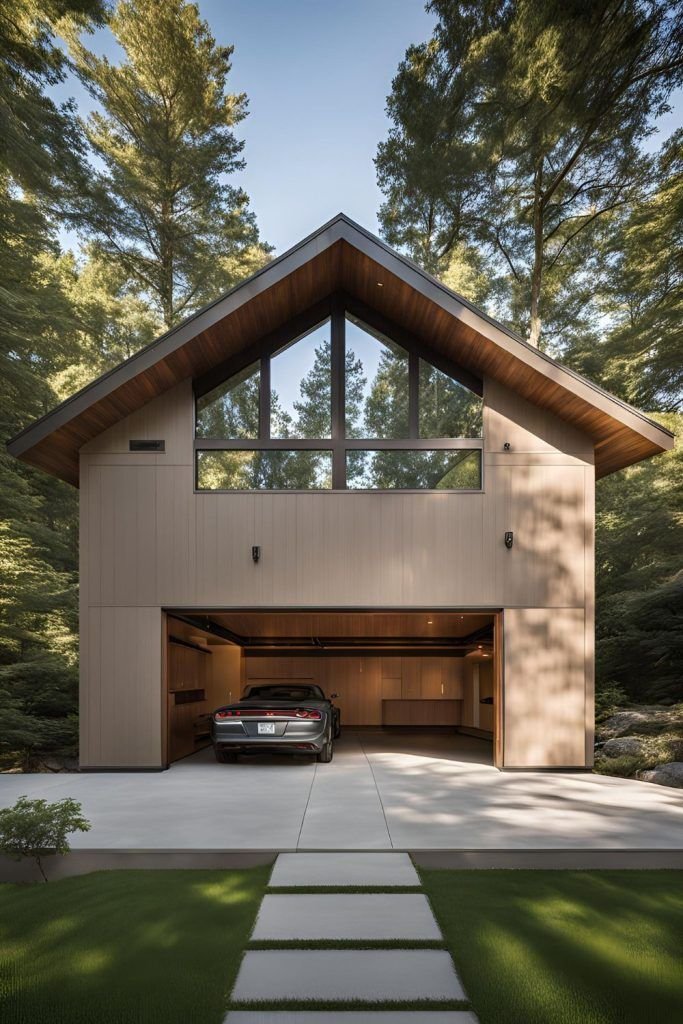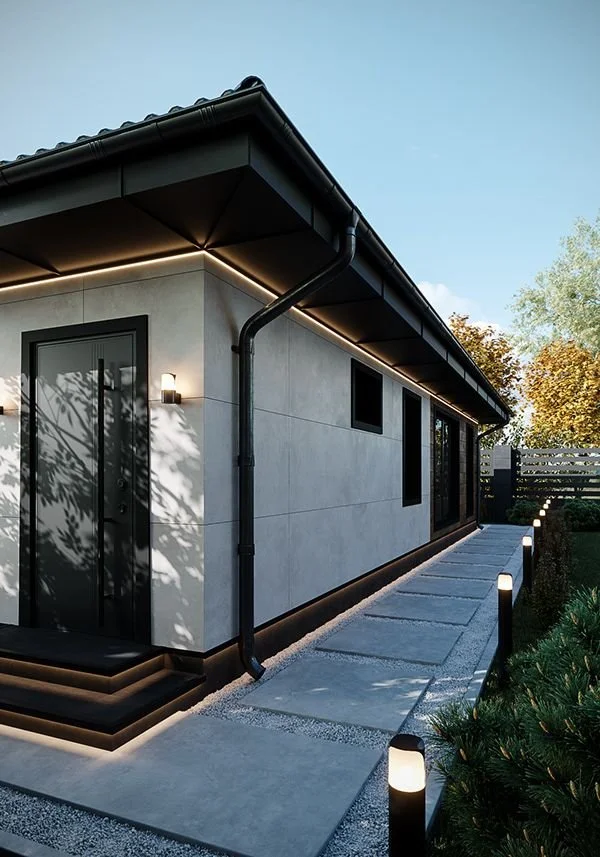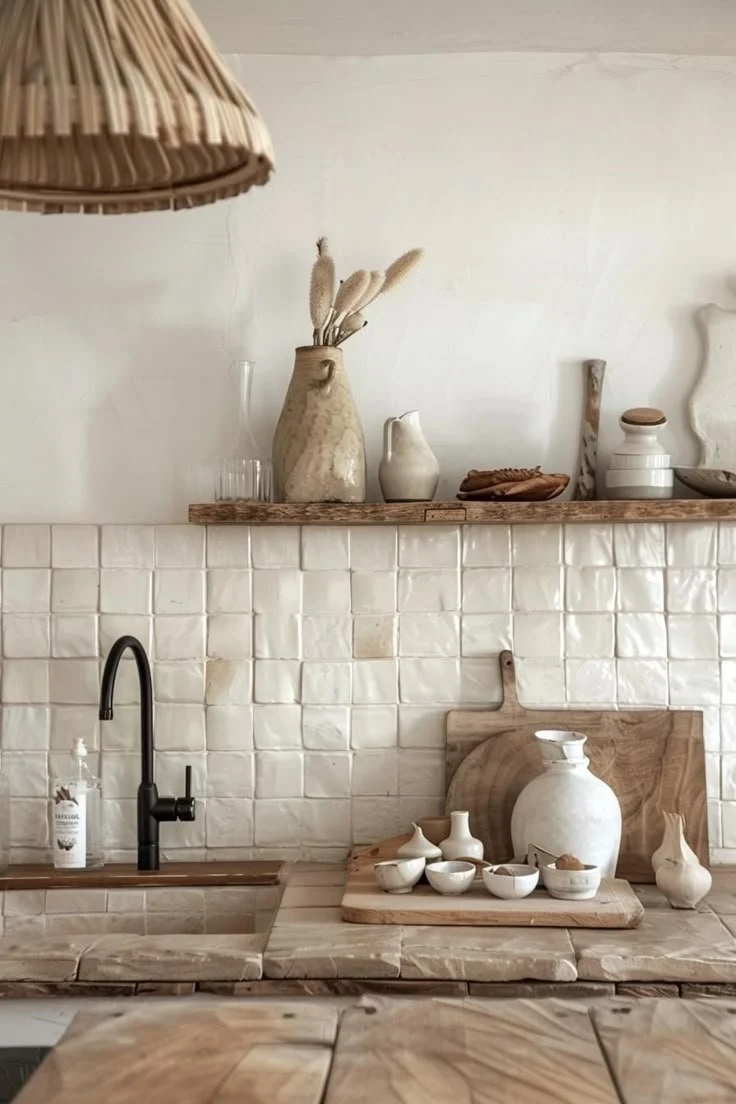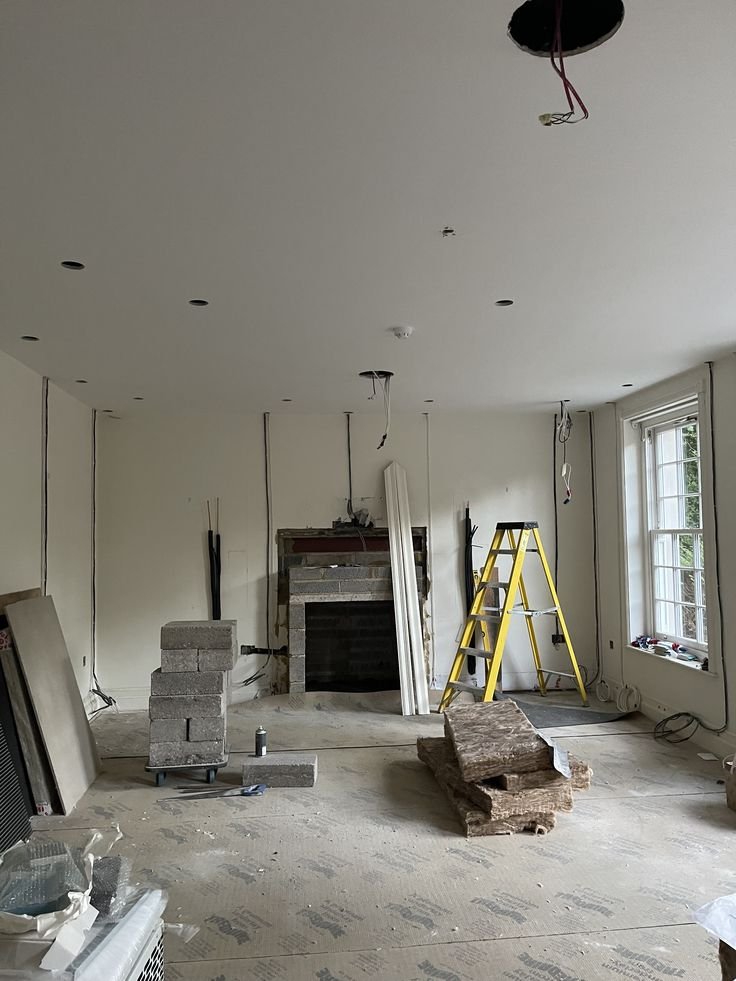When it comes to property maintenance, the roof often takes a backseat in terms of attention. However, it plays a crucial role in safeguarding your home from the elements while also contributing significantly to its overall aesthetic appeal.
Upgrading or maintaining your roof with Best Home & Roof Services in Tennessee can dramatically enhance your property, providing not only functional benefits but also boosting its market value. In this article, we share reasons why you should enhance your property with expert roofing services.
No. 1
The Critical Role of Roofing
Your roof is the first line of defense against harsh weather, from torrential rain and heavy snow to fierce winds and blazing sun. A well-maintained roof prevents leaks and water damage, protecting your home’s interior and foundation from potentially devastating issues.
Over time, roofs can deteriorate due to age, weather exposure, storm damage, and neglect. This degradation can lead to costly repairs and even health hazards, such as mold growth. By investing in expert roofing services, you ensure that your roof remains in peak condition, safeguarding your property and its occupants.
No. 2
Transformative Aesthetic Appeal
A new or well-maintained roof can dramatically elevate your property's curb appeal. Whether you choose traditional asphalt shingles, elegant slate tiles, or sleek modern metal roofing, the right roofing choice can enhance your home’s exterior like nothing else.
A visually striking roof not only enhances your property’s overall look but also makes a powerful impression on visitors and potential buyers. If you’re considering selling your home, investing in roofing services can yield a remarkable return on investment by increasing your property’s market value.
No. 3
Energy Efficiency: A Smart Investment
An outdated roof can lead to skyrocketing energy bills, as it may fail to provide adequate insulation or reflect sunlight effectively. Expert roofing services can guide you in selecting energy-efficient materials designed to minimize heat loss in winter and reduce heat gain in summer.
Lower utility costs are just one advantage—this investment also contributes to a more sustainable living environment. Many modern roofing solutions feature energy-efficient coatings that reflect sunlight, helping to keep your home cooler and more comfortable throughout the year.
Houzz
Make your home project a reality. Find inspiration, products, and the pros to make it happen - all in one place.
No. 4
Safety and Durability: Your Peace of Mind
When it comes to your home, safety is paramount. A compromised roof can pose serious risks, including structural damage and health hazards. Expert roofers are trained to identify potential issues, such as weakened structures or harmful mold growth.
By addressing these problems promptly, you can prevent extensive damage and ensure a safe living environment. Moreover, professional roofing services utilize high-quality materials that offer durability and longevity, ensuring your roof can withstand the test of time.
No. 5
Quality Installation and Repairs
One of the key advantages of hiring expert roofing services is the assurance of quality workmanship. Experienced roofers possess the skills and knowledge necessary to perform installations and repairs correctly, adhering to local building codes and safety standards.
They can also provide valuable recommendations tailored to your specific needs and budget. By opting for professionals for your roofing projects, you minimize the risk of mistakes that could lead to costly repairs down the line.
No. 6
A Long-Term Investment in Your Home
Investing in roofing services is not merely a short-term fix; it’s a long-term investment in your property. A high-quality roof can last for decades with proper maintenance, giving you peace of mind and protecting your home from future damage. Additionally, many roofing companies offer warranties on their materials and workmanship, adding an extra layer of security to your investment.
Takeaways: Invest in Your Roof, Invest in Your Future
Enhancing your property with expert roofing services is a wise decision that offers a multitude of benefits. From boosting aesthetic appeal and energy efficiency to ensuring safety and durability, a well-maintained roof is essential for any homeowner.
Don’t wait until minor issues escalate into major problems; consult with a professional roofing contractor today to explore your options. Remember, investing in your roof is investing in the future of your home—one that provides comfort, security, and lasting value.
Looking For Home Resources?
Looking to enhance your living space and create a sanctuary that supports your well-being? Explore our home partners who offer a wide range of resources to elevate your home environment.























































































































